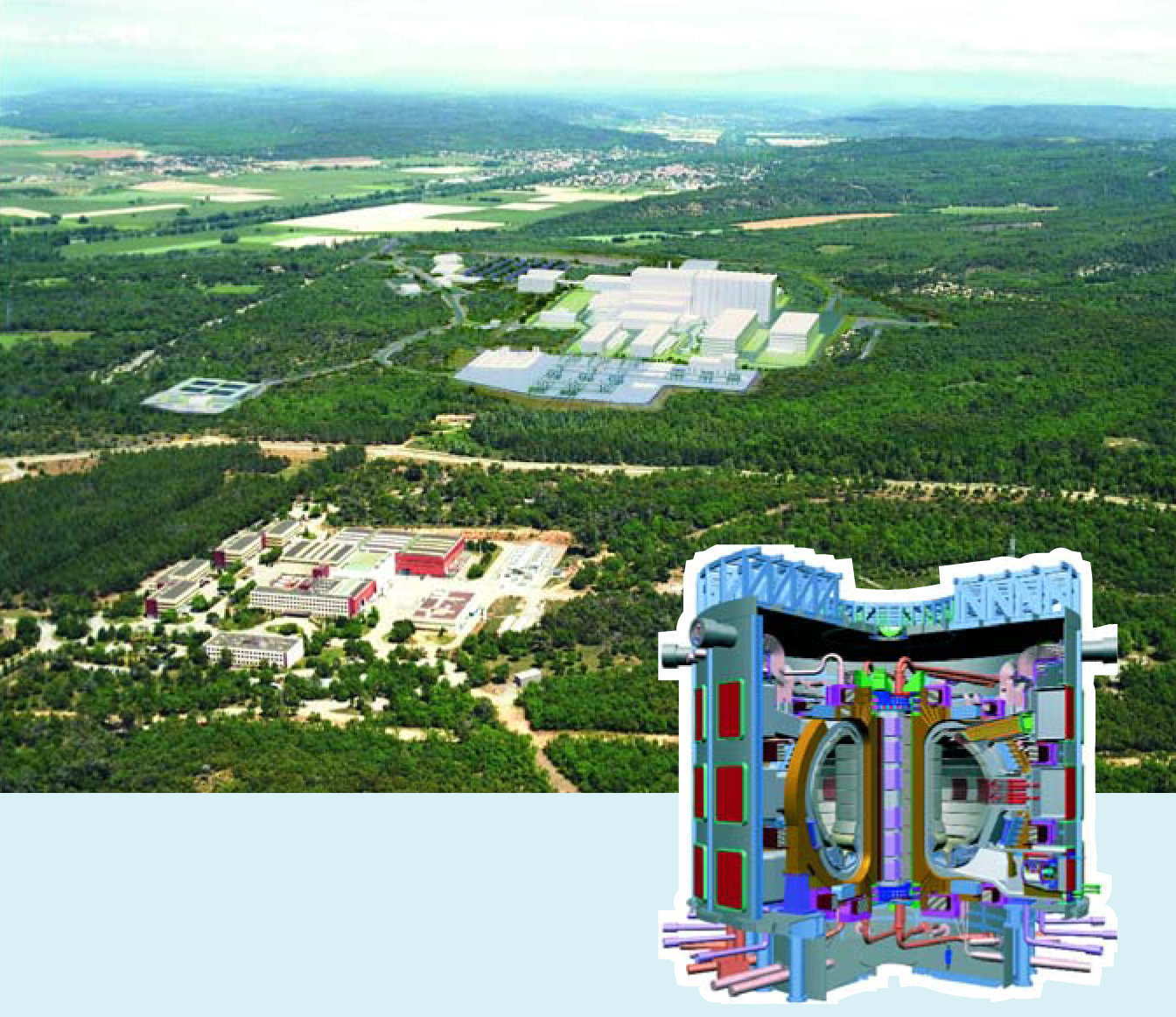Deal Puts ITER in Europe, Compensates Japan
DOI: 10.1063/1.2062908
A protracted impasse over where to site ITER was broken on 28 June, when the six partners in the international experiment to prove the feasibility of generating energy by fusion announced it would be built in Cadarache, France. China and Russia had supported that site, put forward by the European Union (EU), while South Korea and the US had backed Japan’s proposed site, Rokkasho.
Japan conceded because it “really wants to promote ITER,” says ITER international team leader Yasuo Shimomura. “A further delay will create serious negative impact for ITER as well as for the fusion program.” The meeting in Moscow at which ITER parties agreed on the site “was a very emotional experience,” Raymond Orbach, director of the US Department of Energy’s Office of Science, said in a briefing. “This was the world getting together to deal with a common problem, with common resolve, and making sacrifices in the interests of the world and its energy supply,” he said. “The cooperation augurs well for the future of construction and operation of ITER.”
In return for agreeing to the EU site, Japan gets benefits in ITER that exceed its contributions. The EU will foot half of the roughly $5 billion construction cost, with the other five partners each paying 10%. But Japan gets to fill 20% of the industrial con-tracts and provide 20% of the scientists; its extra 10% will be taken from the EU’s share. And the EU will endorse both Japan’s choice of director general for the project and a future bid to host DEMO, the planned successor to ITER. In addition, the EU and Japan will each pay $49 billion (about $440 million) for ITER-related activities in Japan; possibilities include a materials-irradiation facility, a computational simulation center, a satellite tokamak, and a center for running remote experiments.
In the coming months, the parties will hammer out details of finances, procurement, management, and over-sight. If all goes well, an agreement could be signed and construction could begin next year. By then, an embargo on US spending for ITER will have expired (see Physics Today, July 2005, page 34
The aim is to get 10 times more power out than goes in. Heated to 150 million kelvin, magnetically confined deuterium and tritium in the ITER tokamak will fuse; the desired output power is 500 MW. Once fusion energy production is demonstrated, the next step would be to build DEMO, a prototype power plant. Then, Orbach said, “with any kind of luck, this would be picked up by industry around the world.” Fusion power plants could come on line by 2050, he added, and by the end of the century, 10%–20% of the world’s energy could be produced by fusion.
The site consensus bodes well not only for ITER, but also for other future large-scale international collaborations. And not everyone in Japan is disappointed about ITER’S going to France: In both countries, scientists worried that hosting the project will come at a cost to other disciplines.

Cadarache, home to the French atomic energy center, will host ITER. The fusion facility’s tokamak (inset) will be housed in the largest building.
(Composite photo and artist’s rendering courtesy of ITER.)

More about the Authors
Toni Feder. tfeder@aip.org
